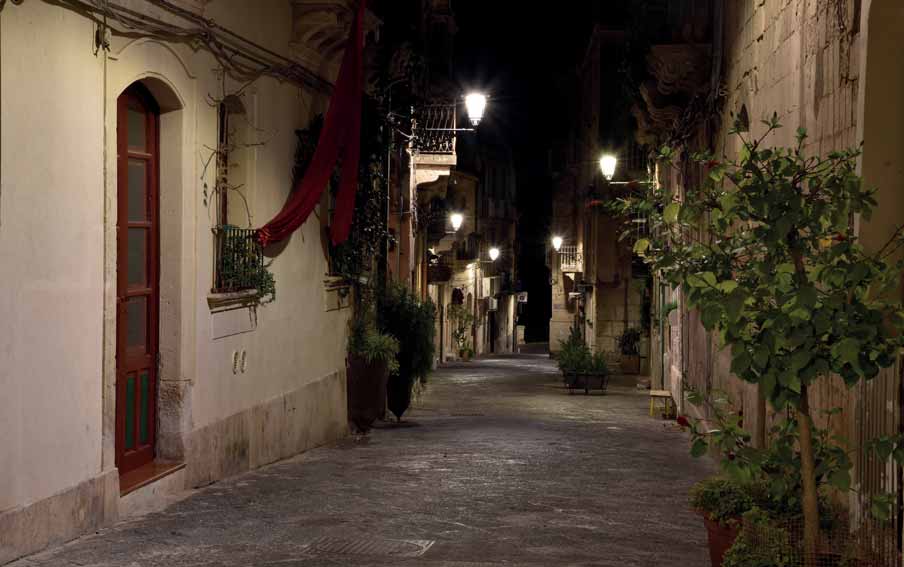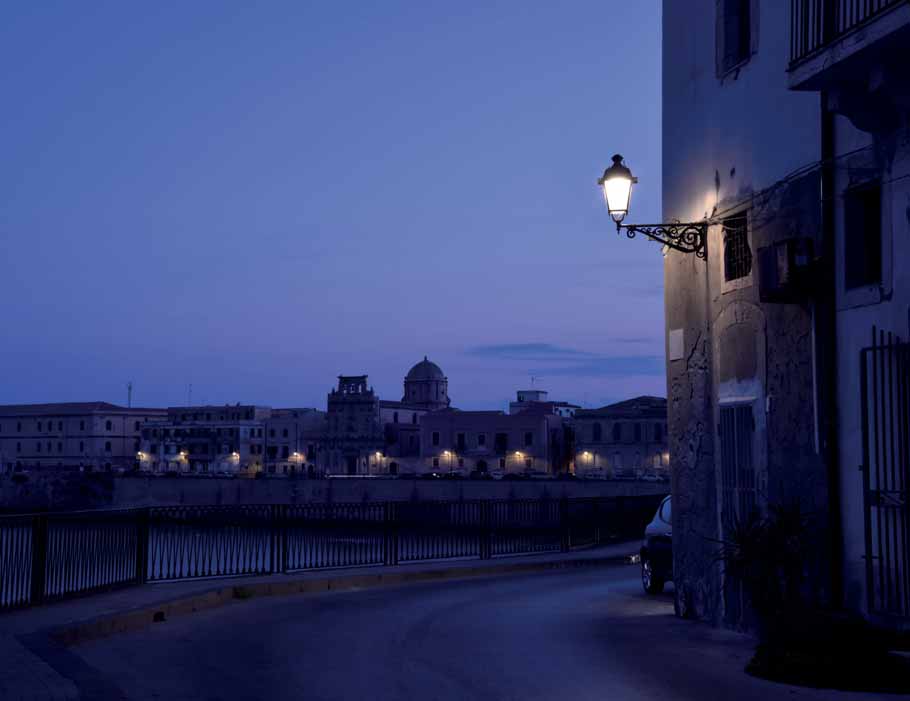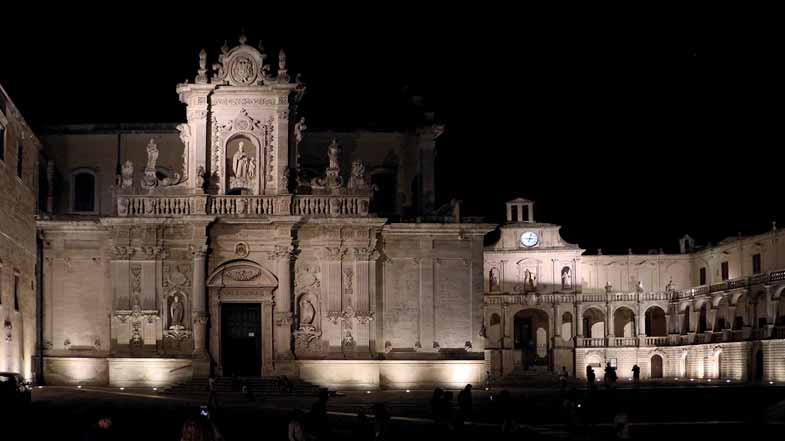LIGHT & CITY – INNOVATIONS AND TECHNOLOGIES CHANGE THE WAY WE PERCEIVE AND USE LIGHT IN OUR CITIES
01
Q: “In the last few years the urban geography of parts of our cities has greatly improved. This is also due to lighting solutions that provide more comfort, greater reassurance, besides also having the advantage of providing optimized running and management costs. Lighting is redesigning and enhancing the value of urban spaces, architecture, buildings, squares and monuments. What is your opinion? Today, could we do more and better?”
A: “Nowadays, the urban lighting sector is xperiencing a great amount of activity. When speaking about this topic, the following themes inevitably arise: LED technology, the economic difficulties of the Administrations, the efficiency of the systems, the greatly fragmented laws in Italy, the opportunities offered by the Public Lighting infrastructure of the Smart Cities, and the IoT. And also a set of laws that is positively evolving with recent updates and upgrading. With the massive adoption of LED technology – whose luminous efficiency in terms of ratio of absorbed power and useful emitted luminous flux is undisputable –, it is essential to not underestimate some important aspects of lighting design, such as the level of glare, the uniformity and the lighting of marginal areas to which the urban users were used to with the technologies of the past. These factors, which are not contemplated in the common lighting design calculation programs, imply relevant repercussions on visual perception: to protect the latter must be the central aim of a project.
This is the approach we use at GMS, and it is a guarantee that the urban spaces that are “re-designed” with a new lighting are really improved, according to a design methodology that does not only have a technical value but also a cultural one.”
02
Q: “The new technologies applied to lighting fixtures have many advantages. Improvements that have led to an evolution in light, which goes beyond the simple function of lighting. Light is more complex, complete, of a higher quality, and interactive. In our cities, can it help to meet the new standards of wellbeing, emotionality or conviviality, and can it contribute to the creation of new social behaviours?”
A: “To exploit the extensiveness and functionality of public lighting to introduce new technologies that can interact with the space and its inhabitants, contributing to a greater quality in the use of the city centres. This can occur exclusively if the technological requalification project has well defined aims that are correctly stated by the Administrations. The final purpose will always be to provide the territory of the city with night-scenarios to be used regularly, that are functional and suggestive, and that can re-create the specific and easily recognizable image of the urban context, defining a complex plan of interventions on the entire territory. This approach primarily shows the need to consider the particular details and the clearly visible aspects, not as single enhancing elements, but as a part of a general interacting system.
A system that is introduced in an urban context that has its own specific morphological characteristics. Respect of the context must be a guarantee of the correct setting and definition of the prevalent characteristics, which will be the main elements that inspire the proposed lighting design project. In other words, the correct selection of the technologies that are suitable for the public lighting system.”
–
LUCE 329 2019 – “Light & City” edited by Laura Bellia, Andrea Calatroni



